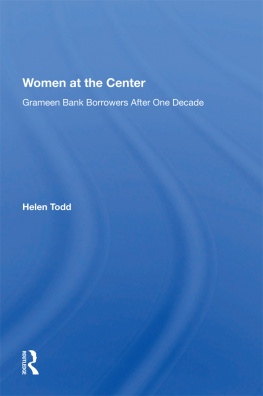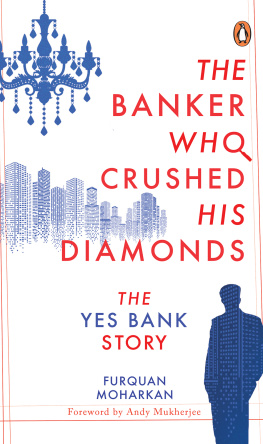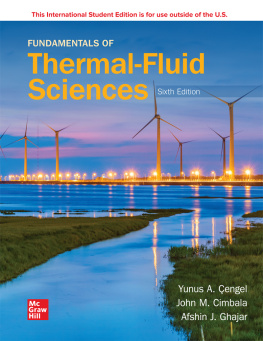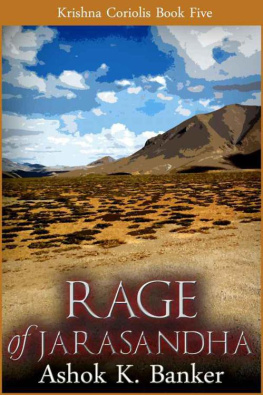Muhammad Yunus - Banker to the Poor: The Story of the Grameen Bank
Here you can read online Muhammad Yunus - Banker to the Poor: The Story of the Grameen Bank full text of the book (entire story) in english for free. Download pdf and epub, get meaning, cover and reviews about this ebook. year: 2013, publisher: Aurum Press, genre: Politics. Description of the work, (preface) as well as reviews are available. Best literature library LitArk.com created for fans of good reading and offers a wide selection of genres:
Romance novel
Science fiction
Adventure
Detective
Science
History
Home and family
Prose
Art
Politics
Computer
Non-fiction
Religion
Business
Children
Humor
Choose a favorite category and find really read worthwhile books. Enjoy immersion in the world of imagination, feel the emotions of the characters or learn something new for yourself, make an fascinating discovery.
- Book:Banker to the Poor: The Story of the Grameen Bank
- Author:
- Publisher:Aurum Press
- Genre:
- Year:2013
- Rating:5 / 5
- Favourites:Add to favourites
- Your mark:
- 100
- 1
- 2
- 3
- 4
- 5
Banker to the Poor: The Story of the Grameen Bank: summary, description and annotation
We offer to read an annotation, description, summary or preface (depends on what the author of the book "Banker to the Poor: The Story of the Grameen Bank" wrote himself). If you haven't found the necessary information about the book — write in the comments, we will try to find it.
Banker to the Poor: The Story of the Grameen Bank — read online for free the complete book (whole text) full work
Below is the text of the book, divided by pages. System saving the place of the last page read, allows you to conveniently read the book "Banker to the Poor: The Story of the Grameen Bank" online for free, without having to search again every time where you left off. Put a bookmark, and you can go to the page where you finished reading at any time.
Font size:
Interval:
Bookmark:

This is dedicated to all my co-workers who made the Grameen story possible.
All that is needed for evil to triumph is for good men to do nothing.
Edmund Burke
The publishers would like to thank the following for their kind permission to use photographs reproduced in this book:
Grameen Bank
Grameen Foundation USA
Alan Jolis
The Office of the First Lady, The White House
21. The first Microcredit Summit, 24 February 1997.
Left to right: Tsutomu Hata, former PrimeMinister, Japan; H.E. Pascoal M. Mocumbi,Prime Minister, Mozambique;H.E. Alberto Fujimori, President, Peru;H.M. Queen Sofia, Spain; H.E. Sheikh Hasina,Prime Minister, Bangladesh; Hillary RodhamClinton, First Lady, United States; myself;Elizabeth de Caldern Sol, First Lady,El Salvador; Ana Paula dos Santos, First Lady,Angola; H.E. Dr Siti Hasmah, First Lady,Malaysia; H.M. Queen Fabiola, Belgium.(Credit: Joe Vericker, PhotoBureau Inc.)

ST . JAMES S PALACE
I first met Muhammad Yunus in February 1997, during a short visit to Dhaka. I had heard a little about him and his ideas from friends in Britain and was most curious to meet him.
I found a remarkable man. He not only spoke the greatest good sense but had, against huge odds and in the face of dreadful cynicism on the part of the so-called experts, followed his ideas through and made them work. I also found an inspiring, entertaining and confident interlocutor who sent me away with a new and invigorating sense of what can be achieved with energy and determination.
I have since done all I can to encourage a wider consideration and appreciation of micro-credit. It is an essential part of any sensible mix of development policies as Muhammad Yunus has demonstrated beyond all doubt in Bangladesh. It has a use, too, in the developed world whether in remote rural Norway or run-down suburbs of British cities. It is remarkably cost-effective. It has a proven track record, described in a full and entertaining way in the pages which follow. Best of all, it allows poor and disadvantaged people to take control of their own lives, make something of themselves and improve the lot of their own families.
I hope that this book will bring the benefits of micro-credit to an even wider audience. I know that it will fascinate and entertain. Perhaps it will also serve as a reminder to those who think they have grand and global solutions to the challenges of the world that it is often through the grass roots, by listening to those whose lives they seek to change, that true and sustainable solutions, in tune with the land and the human spirit, will be found. I commend it to you.

My experience working in the Grameen Bank has given me faith; an unshakeable faith in the creativity of human beings. It leads me to believe that humans are not born to suffer the misery of hunger and poverty. They suffer now as they did in the past because we turn our heads away from this issue.
I have come to believe, deeply and firmly, that we can create a poverty-free world, if we want to. I came to this conclusion not as a product of a pious dream, but as a concrete result of experience gained in the work of the Grameen Bank.
It is not micro-credit alone which will end poverty. Credit is one door through which people can escape from poverty. Many more doors and windows can be created to facilitate an easy exit. It involves conceptualizing about people differently, it involves designing a new institutional framework consistent with this new conceptualization.
Grameen has taught me two things: first, our knowledge base about people and their interactions is still very inadequate; second, each individual person is very important. Each person has tremendous potential. She or he alone can influence the lives of others within the communities, nations, within and beyond her or his own time.
Each of us has much more hidden inside us than we have had a chance to explore. Unless we create an environment that enables us to discover the limits of our potential, we will never know what we have inside of us.
But it is solely up to us to decide where we want to go. We are the navigators and pilots of this planet. If we take our role seriously, we can reach the destination we seek.
I want to tell this story because I want you to figure out what it means to you. If you find the Grameen story credible and appealing, I would like to invite you to join those who believe in the possibility of creating a poverty-free world and have decided to work for it. You may be a revolutionary, a liberal or a conservative, you may be young, or you may be old, but we can all work together on this one issue.
Think about it.
Muhammad Yunus
From my village bank to the World Bank
The year 1974 was the year which shook me to the core of my being. Bangladesh fell into the grips of a famine.
Newspapers were reporting horrible stories of death and starvation in remote villages and district towns in the north. The university where I taught and served as head of the economics department was located in the south-eastern extremity of the country, and at first we did not pay too much attention to it. But skeleton-like people started showing up in the railway stations and bus stations of Dhaka. Soon a few dead bodies were reported in these places. What began as a trickle became a flood of hungry people moving to Dhaka.
They were everywhere. You couldnt be sure who was alive and who was dead. They all looked alike: men, women, children. You couldnt guess their age. Old people looked like children, and children looked like old people.
The government opened gruel kitchens to bring people to specified places in town. But every new gruel kitchen turned out to have much less capacity than was needed.
Newspaper reporters were trying to warn the nation of what was going on. Research institutions tried to collect information about where all the starving people were coming from. Would they ever go back, if they survived? And what was the chance of their surviving?
Religious organizations were trying to pick up the dead bodies to bury them with proper religious last rites. But soon the simple act of picking up the dead became a manifestly bigger task than they were equipped to handle.
One could not miss these starving people even if one wanted to. They were everywhere, lying very quiet.
They did not chant any slogans. They did not demand anything from us. They did not condemn us for having delicious food in our homes while they lay down quietly on our doorsteps.
There are many ways for people to die, but somehow dying of starvation is the most unacceptable of all. What a terrible way to die. It happens in slow motion. Second by second, the distance between life and death becomes smaller and smaller.
At one point, life and death are in such close proximity one can hardly see the difference, and one literally doesnt know if the mother and child prostrate on the ground are of this world or the next. Death happens so quietly, so inexorably, you dont even hear it.
And all this happens because a person does not have a handful of food to eat at each meal. In this world of plenty, a single human being does not have the right to a precious handful. Everybody else all around is eating, but he or she is not. The tiny baby, who does not yet understand the mystery of the world, cries and cries, and finally falls asleep, without the milk it needs so badly. The next day maybe it wont even have the strength to cry.
Next pageFont size:
Interval:
Bookmark:
Similar books «Banker to the Poor: The Story of the Grameen Bank»
Look at similar books to Banker to the Poor: The Story of the Grameen Bank. We have selected literature similar in name and meaning in the hope of providing readers with more options to find new, interesting, not yet read works.
Discussion, reviews of the book Banker to the Poor: The Story of the Grameen Bank and just readers' own opinions. Leave your comments, write what you think about the work, its meaning or the main characters. Specify what exactly you liked and what you didn't like, and why you think so.








